We Will Forget Soon
We sometimes think about architecture as something designed for a purpose and to be created with a structure related to it.
Some other times it happend that the buildings change use, as long as the original one is not possible anymore or that time passed and the world needs new spaces (it happens frequently nowadays with the buildings of the Industriekultur).
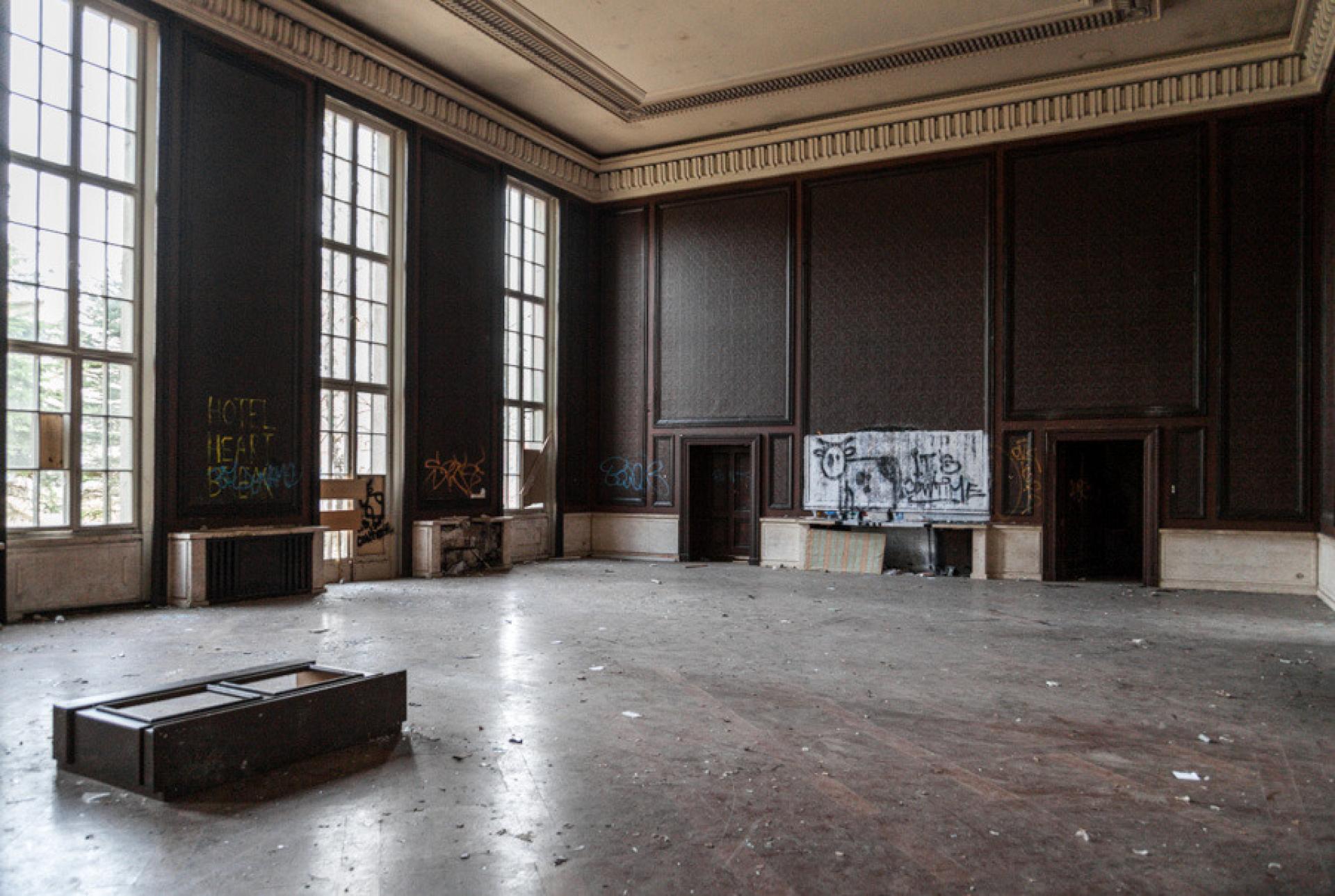
Abandoned theather military casino, used for film productions, now closed | Photo © We Will Forget Soon
Most of the places of ‘We Will Forget Soon’ reflect the full history of Europe and its eras, crossing the beginning of the 1900 and then through the Second World War, the Cold War and, after an uncertain time in which they’ve been left in a limbo, recently to a new life.
Built during the Prussian Era, they’ve moved to host the Hitler’s army and after the Potsdam Conference, they’ve started to be used (at least the ones in the East Germany) by the GSSD, the Group of Soviet Forces in Germany, half a million people staying in the GDR from 1945 to 1994, when they moved back.
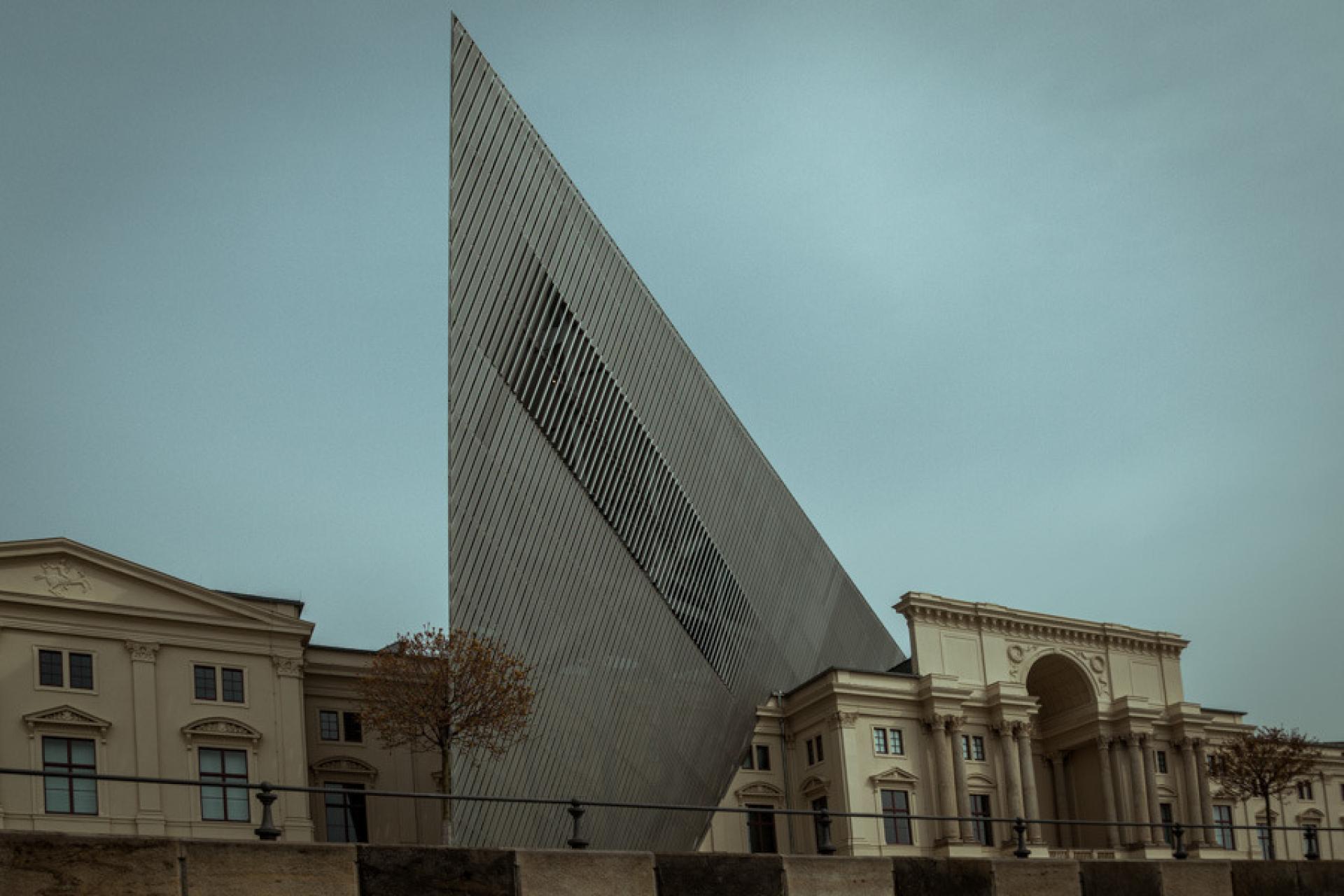
Dresden - Bundeswehr Military History Museum | Photo © We Will Forget Soon
The photographic project has investigated different aspects of this history, starting from photography and history, but also trying to identify the future and the marks of this story on the architectures and the buildings around the country. Focus of one part of the investigation has been the need to understand where is still possible to say or not that these buildings has a background related with the history of the Soviet Union in East Germany.

Big theather in a factory facility used by the Red Army | Photo © We Will Forget Soon
These case studies are related to abandoned architectures that the photographers Stefano Corso and Dario-Jacopo Laganà have found during the 2 years of the project, which now are left behind and wait for a new life.
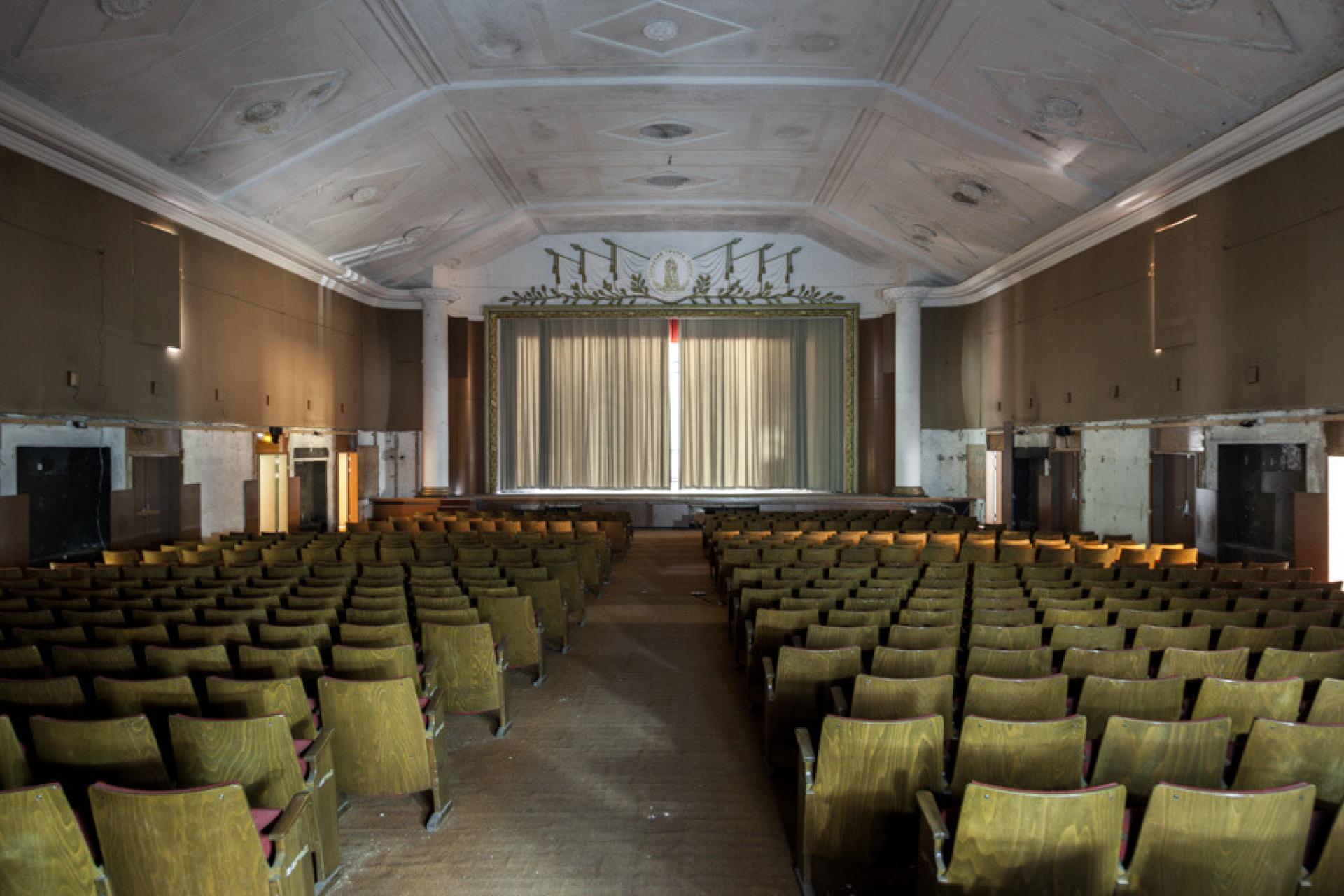
The Officials theather in the HQ of the Red Army | Photo © We Will Forget Soon
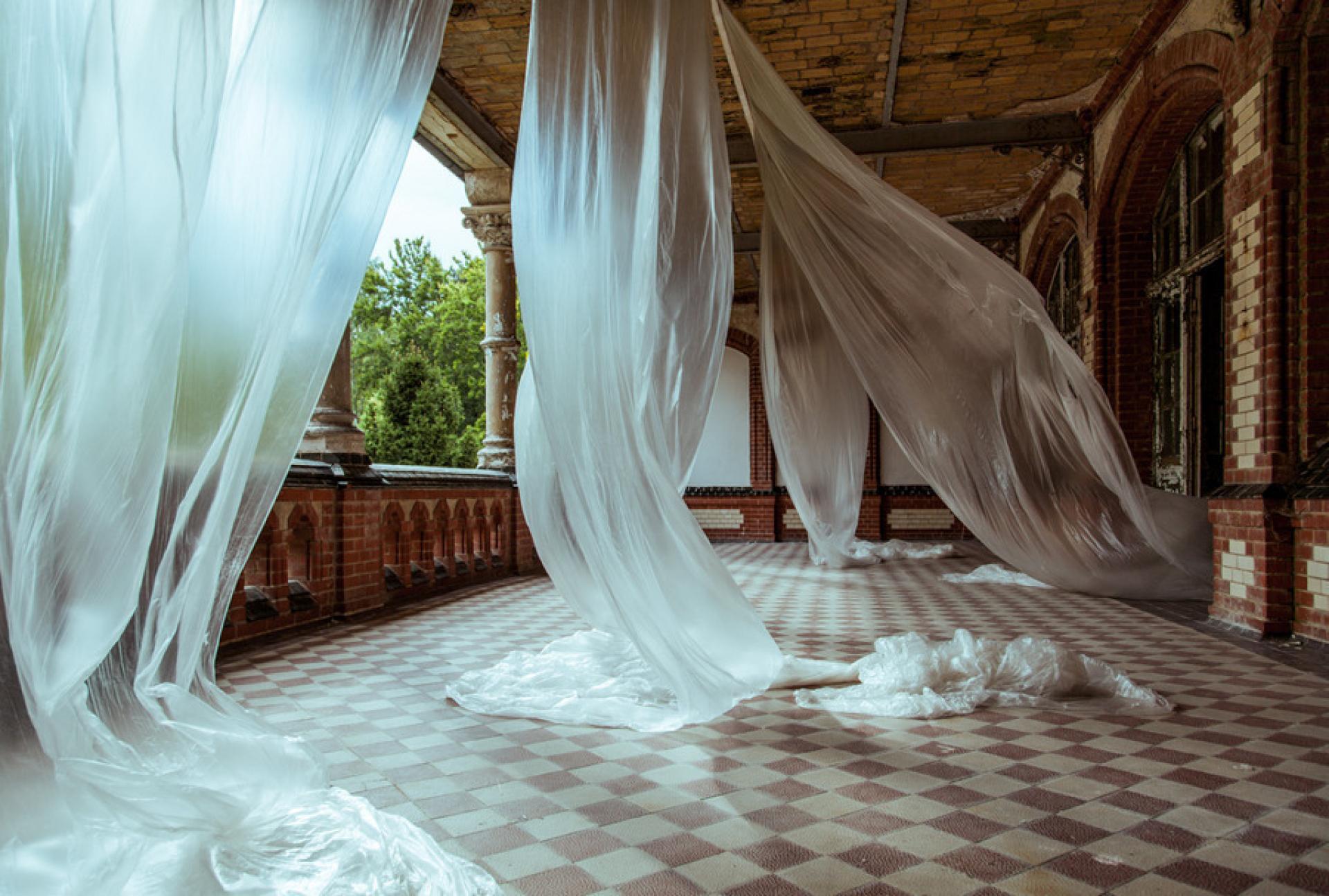
Beelitz-Heilstätten | Photo © We Will Forget Soon
This reportage is part of ‘We Will Forget Soon’ (www.wewillforgetsoon.com), a photographic project on the history of the Soviet Red Army in East Germany on the 20th Anniversary of their withdrawal, of which Architectuul is Media Partner.
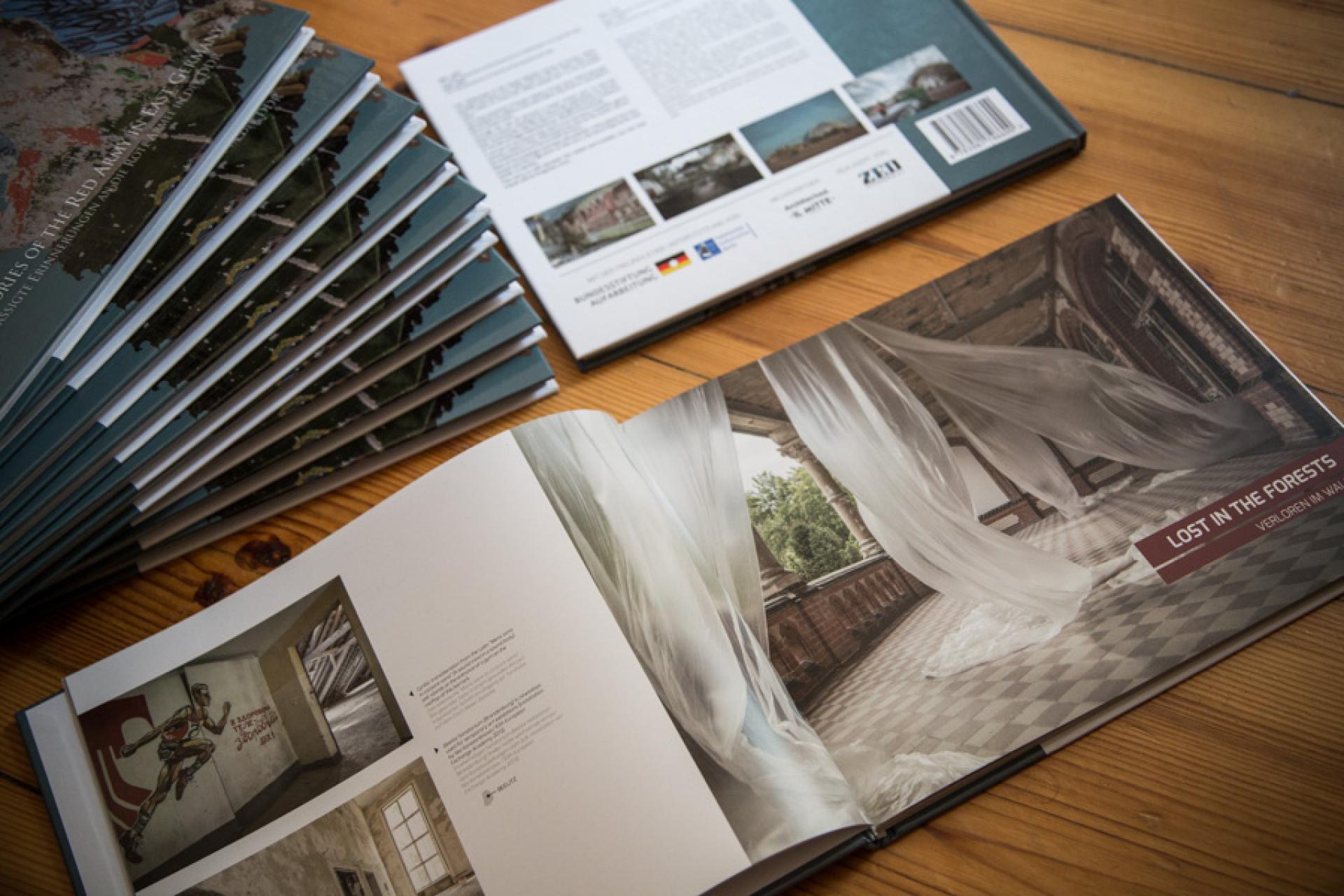
‘We Will Forget Soon’ is a photographic project on the history of the Soviet Red Army in East Germany on the 20th Anniversary of their withdrawal. We are proud to announce that Architectuul is Media Partner of this unique story.
It has been developed by Stefano Corso and Dario-Jacopo Laganà, two Italian photographers that travelled over 8000 km in almost 2 years, they’ve explored more than 300 different locations and created an archive of 10,000 pictures.
A survey of the places that were barracks, hospitals, gyms, schools, military cities, KGB prisons as well as the soviet memorials scattered around the ex-DDR territory.
All these buildings are changing their aspect or their use in all kind of ways, some have been renovated as houses or museums, others have been reused as military bases, or just have been abandoned in the forest and now they are reclaimed by nature. Some of them were too dangerous and they’ve been demolished, others are waiting for their future role.
Among this collection, a lot of places and locations have a unique story and they have a connection not just with history, but also with architecture. Some places are under protection of historical buildings and monuments, they have been built during Prussians and they’ve been transformed during the years.
In the next months Architectuul will present a selection of those reportages. The project is now looking for donations and sponsors through a crowdfunding.